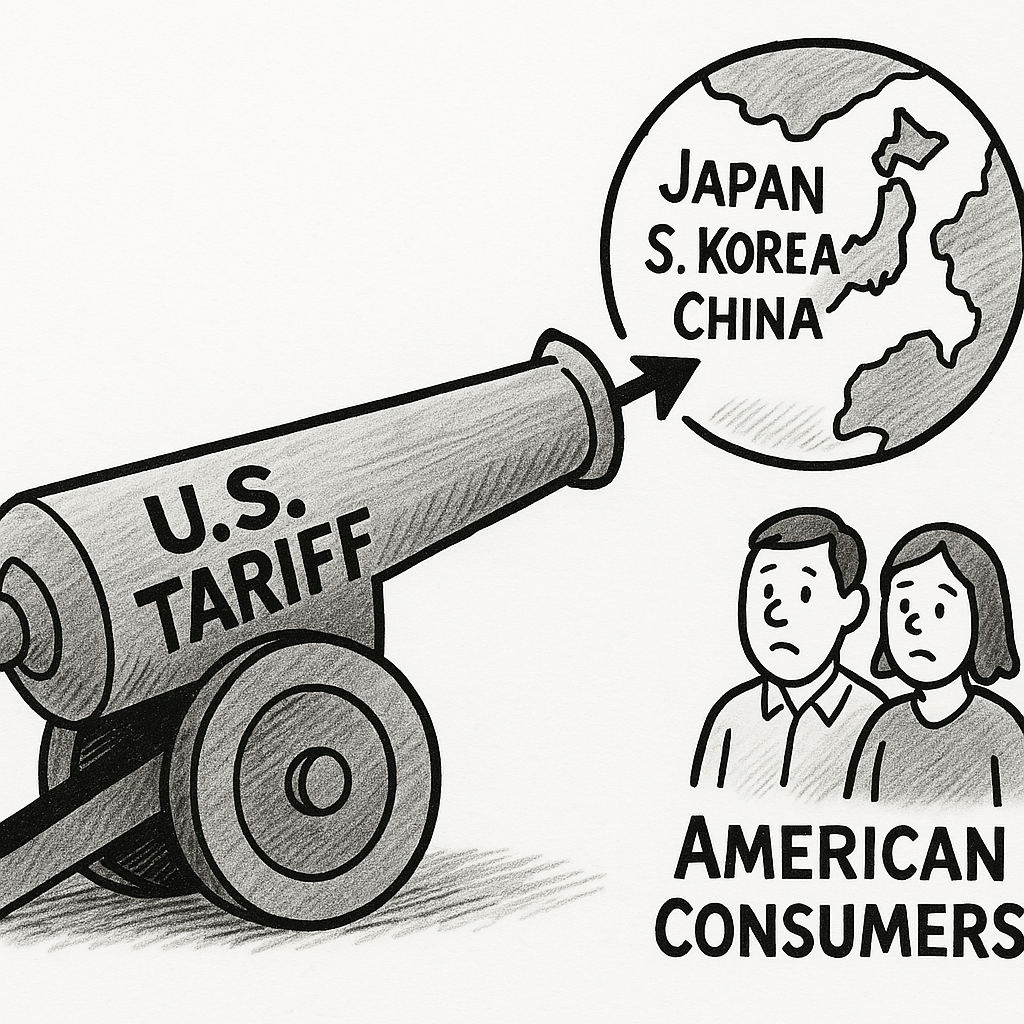Recent news highlights a significant development: Japan, South Korea, and China reportedly have agreed to unite in response to U.S. tariffs, intensifying the ongoing global trade tensions. The growing perception is that the United States has turned its trade policies into a form of economic weapon, striving to bring manufacturing back home by making imports more expensive.
What that often translates to, however, is the risk of higher consumer prices on everyday goods. If foreign manufacturers face higher costs to sell their products in the United States, they will likely pass that expense on to American buyers. Meanwhile, domestic factories may struggle to produce at competitive prices—either because labor, materials, or regulations in the U.S. are more expensive than in many other parts of the world. The end result: a potential scenario where an American-made toaster—or any household item—could cost significantly more than its foreign-made counterpart once did.
Implications for American Consumers:
- Higher Prices: Tariffs raise the cost of imported materials and goods, so local manufacturers often have to contend with pricey components, either due to direct tariffs or retaliatory duties on materials.
- Reduced Choices: As foreign goods become more expensive to import, the variety of available products may shrink, leaving consumers fewer options.
- Increased Debt: If everyday household items become prohibitively expensive, consumers might resort to buying less—or, if they’re strapped for time or choice, to borrowing money simply to purchase essentials.
Proponents of these aggressive trade strategies argue that manufacturing must return to the U.S. to strengthen domestic job opportunities and reduce reliance on countries perceived as strategic rivals. Critics, however, warn that forcing these changes with punitive tariffs can incite broader trade wars, hurting global alliances and leaving average Americans caught in the middle.
While the intention behind these measures might be to protect local industry, the outcome can be something akin to “weaponizing” the U.S. economy against both foreign competition and domestic consumers. For millions of households, the question becomes how to shoulder increased costs without sacrificing quality of life—especially if staples like kitchen appliances end up requiring financing to afford them.

